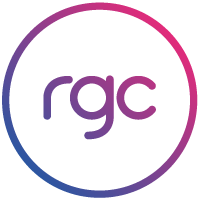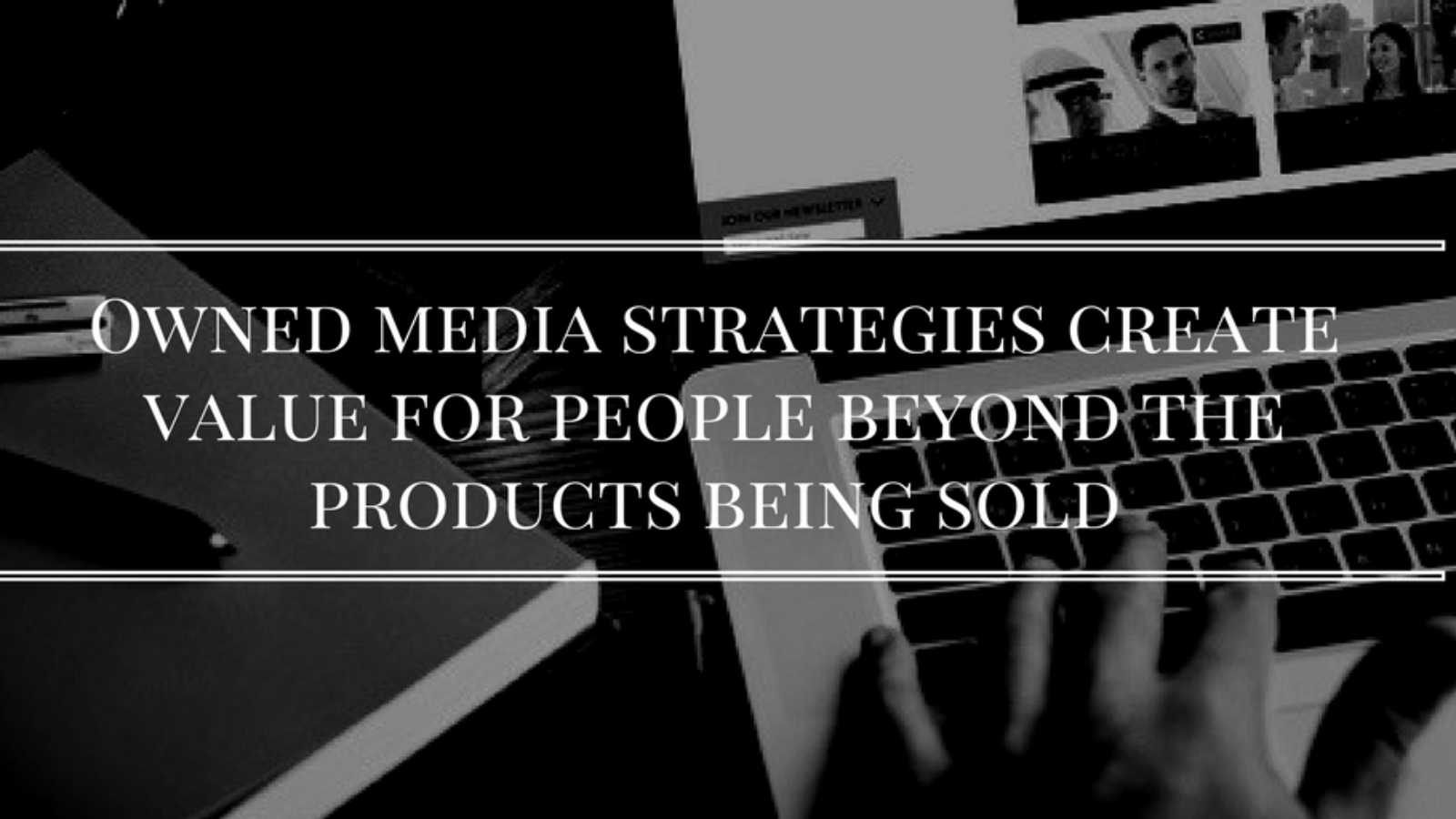The understanding and importance of owned media is growing as brands increasingly put more resources into the media platforms that they own.
Owned media in contrast to paid or earned media is anything under the company’s control. More specifically it includes websites, newsletters and blogs. In contrast, earned media is PR and editorial, paid media is advertising and sponsorship.
Social media is not classified as owned media. Despite the fact that you own your social media channel you don’t control the interaction with your community and the public. Plus, much of the reach now must be paid for, especially on Facebook – so these platforms can now easily be described as being rented, not owned.
What are the key qualities for owned media?
There are many points to consider when setting up your owned media strategy. The key point is to develop content that people will want to engage with and have a reason to follow and be interested in you.
Understanding what people are interested in learning about and sharing will help shape your content calendar and drive your SEO strategy.
Exploring new formats can help you reach new consumers on platforms they care about. Consider branching out into audio books, epub (ebook file format) or a regular podcast. Consumers will consume content in different ways and you may need to explore new ways to deliver your content.
Have you noticed how much video content is now in your Facebook news feed? It’s become the go to medium for message delivery and done properly ranks through the roof for engagement. It can be more expensive but can also influence your SEO, improve trust and help your brand have a position of insight and reliability.
Owned media sites are an extension of your brand and create additional avenues for people to interact with you. When it comes to owned media, as long as you can keep up with providing interesting content there are no real limits to how much you can create.
Importantly, owned media should not be a hard sell but endeavour to attract an audience and then be in a position to convert them after establishing value and trust in their minds.
Owned media strategies create value for people beyond the products being sold.
The three key considerations for owned media content is that it should inform, educate or entertain. Of course it can have more than one of those qualities.
Some leading examples of companies that are successfully turning their owned media platforms into engaged and informed communities are:
ANZ Blue Notes – The ANZ Bank established BlueNotes partly as a response to the cutback in traditional media that weren’t able to cover all the topics they wanted to cover from a business point of view. It’s produced by their own in-house team of writers with sourced contributed content. It’s not about having ANZ branding thrust into readers feeds, but covering a range of topics including the global economy, technological innovation, Asia Pacific region, business finance, leadership and management, social and economic sustainability, workplace diversity and ANZ news.
Johnson & Johnson – their Baby Center website is a content driven website about pregnancy and baby care. It’s not a hard sell and J&J’s branding is hardly visible. They’re building an audience and positioning the brand as experts in baby care and driving demand for baby care products.
General Electric – GE Reports was set up by GE according to their managing editor Tomas Kellner to tell their side of the story. “The company wanted to contribute the GE Capital perspective to the conversation — but there weren’t enough writers around to be picking the story up from every company that wanted to be heard. So we originally built this platform to tell our side of the story, reactively. Now it’s really a proactive tool where we can tell all the stories we think are worth telling,” he told Brunswick Review.



